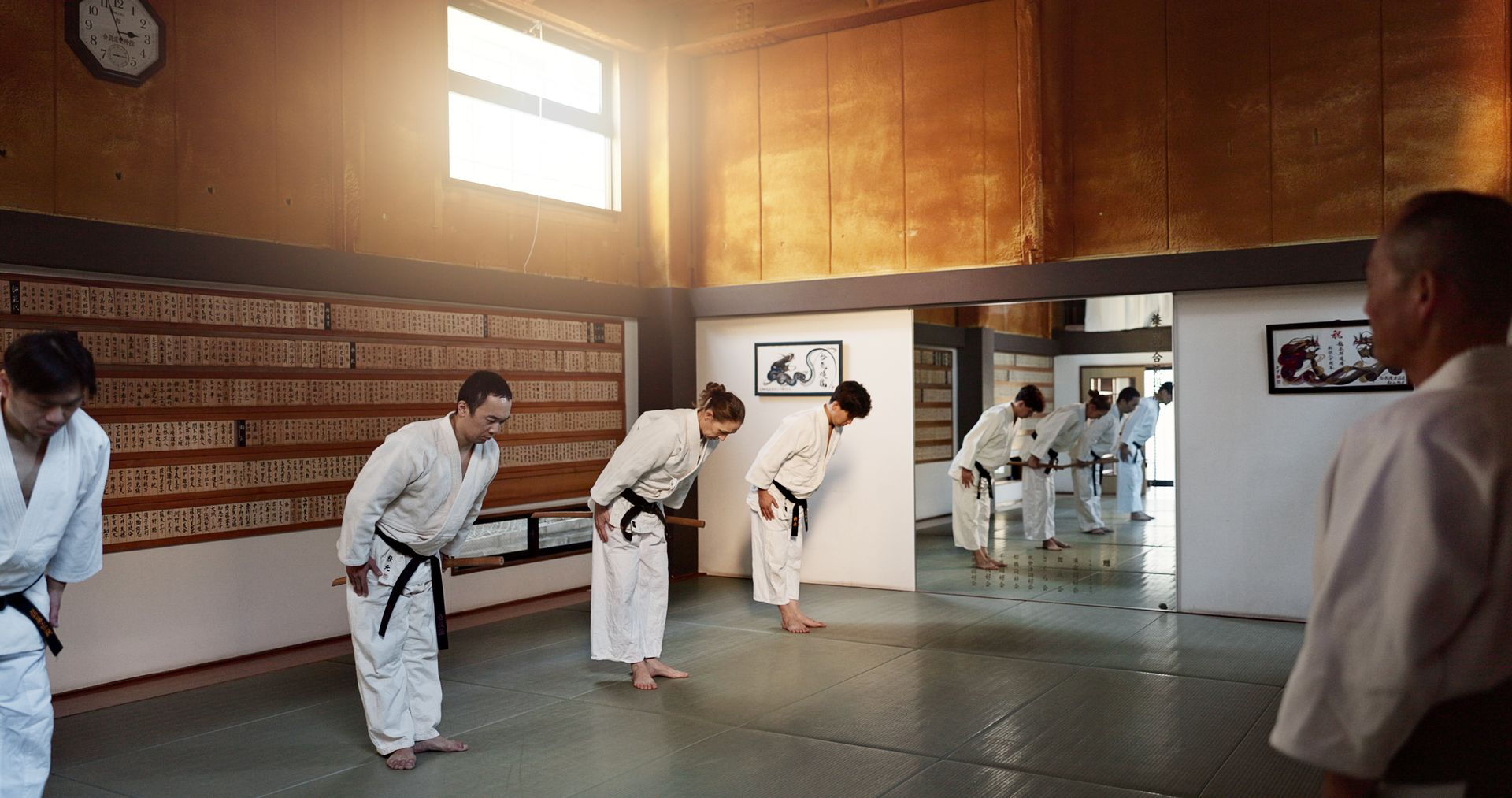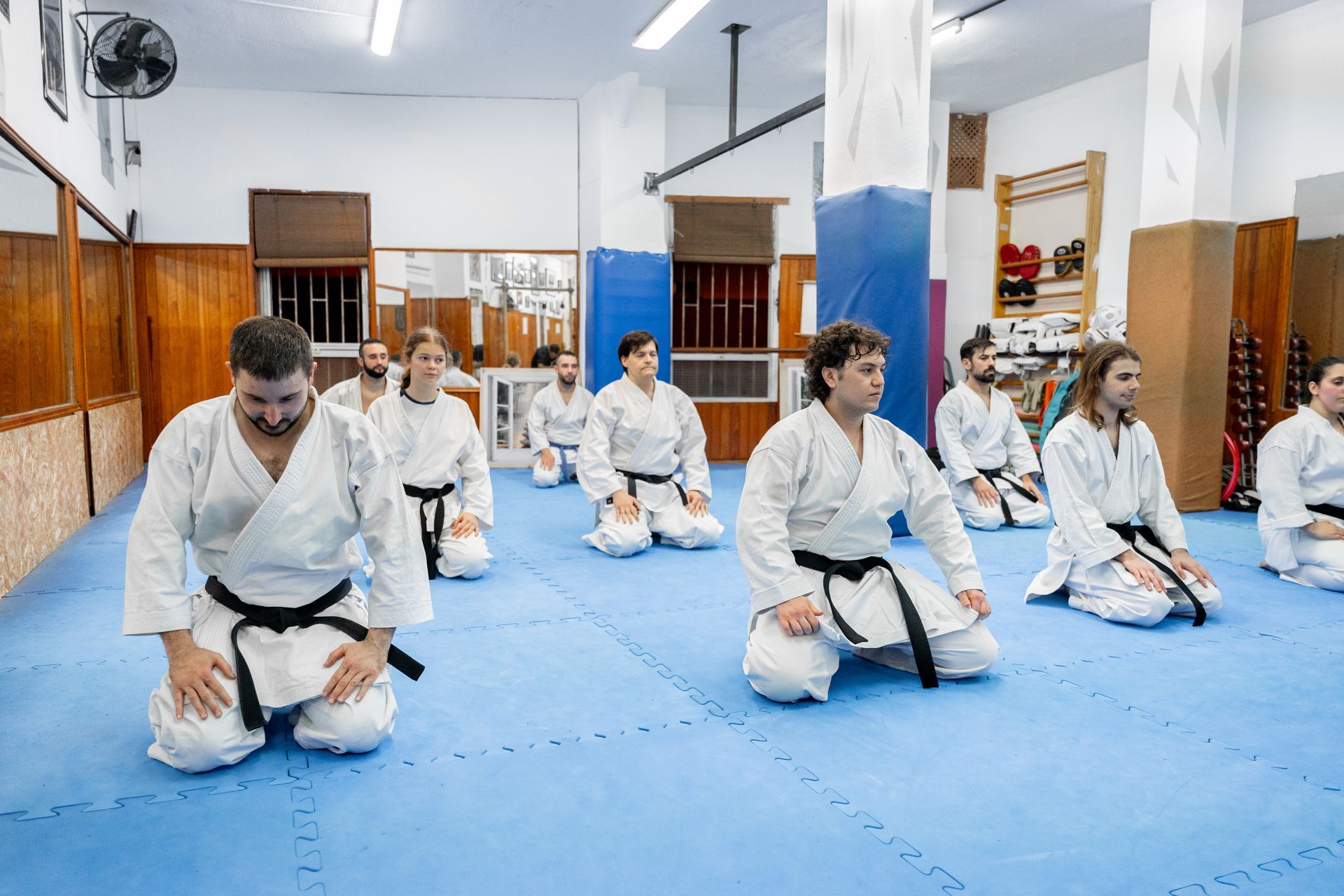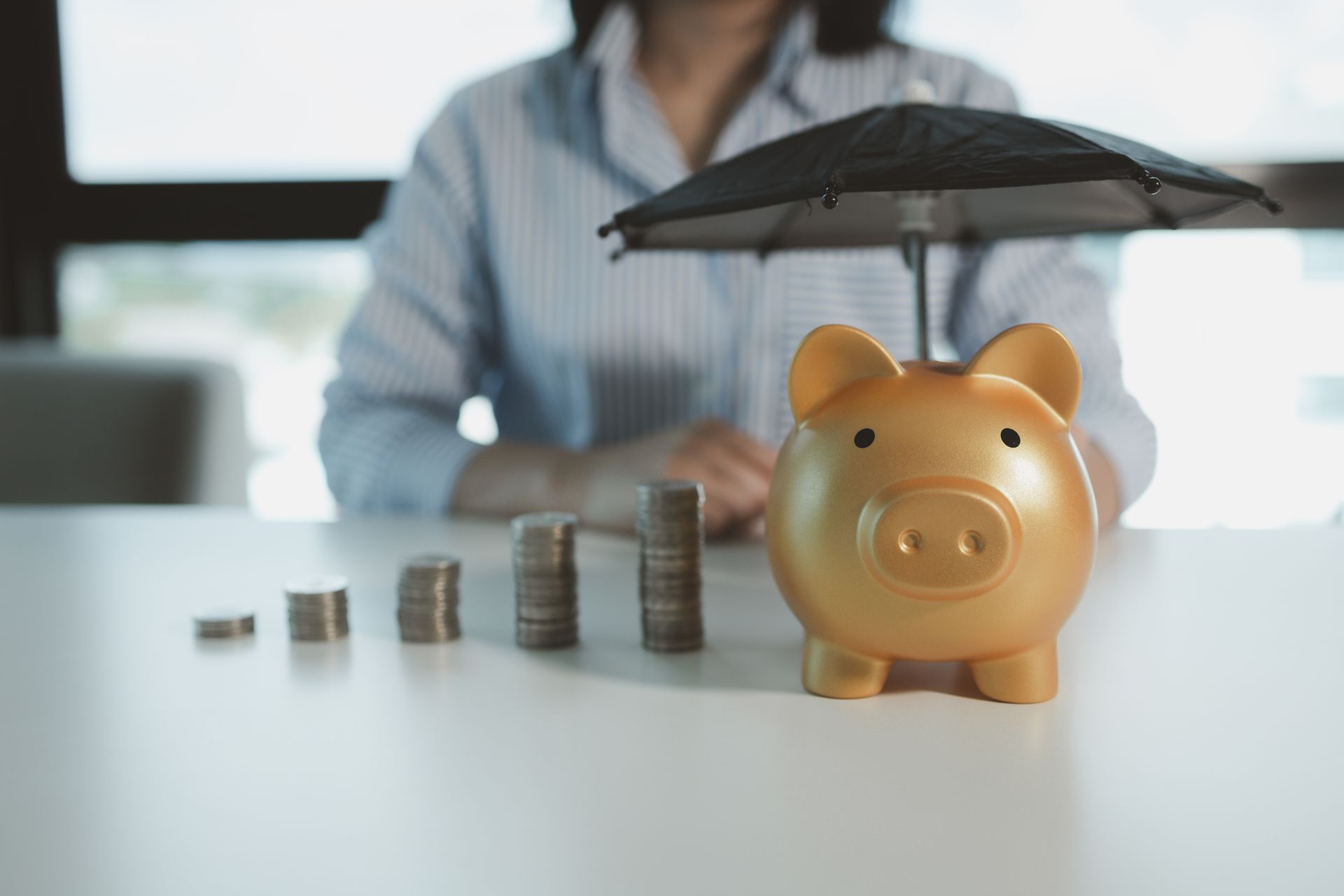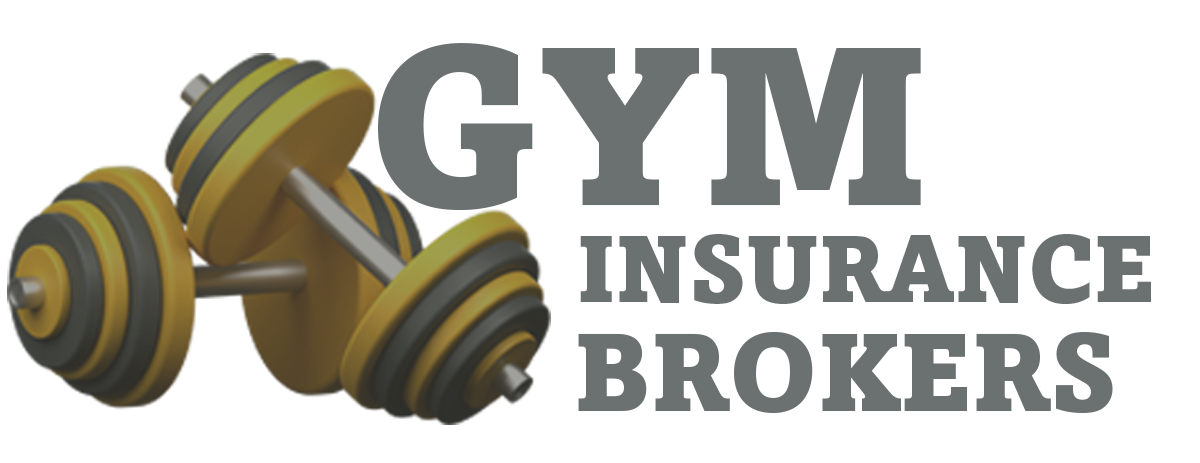Martial Arts Businesses Can Use Social Media to Grow Safely and Strategically
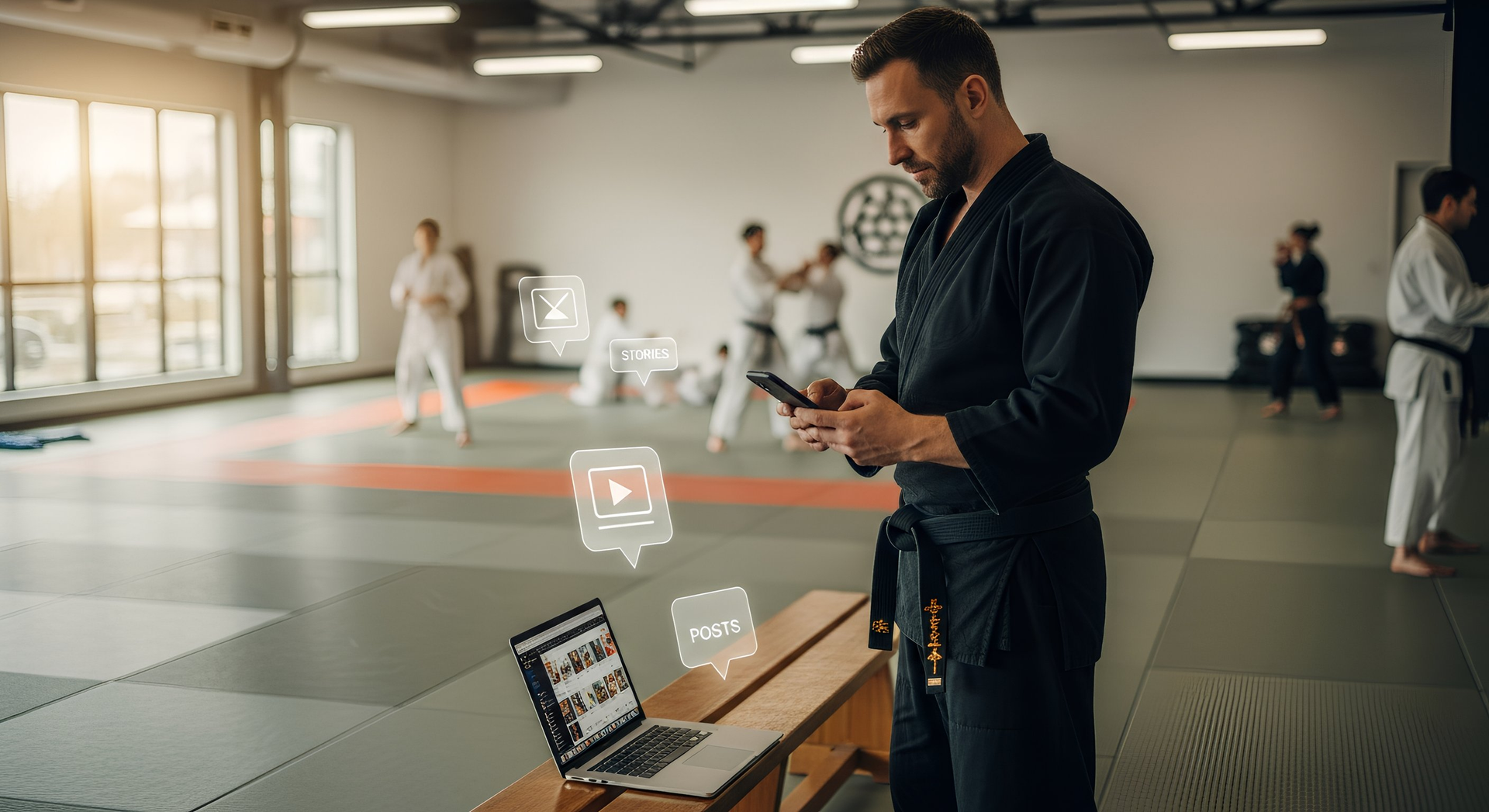
Martial arts businesses thrive on community, and social media has become the digital extension of that community. It allows schools and gyms to share their culture, values, achievements, and student stories far beyond their physical space. Word-of-mouth still matters, but social media can now amplify that impact across thousands of screens in an instant.
With this opportunity, however, comes noise, confusion, and risk. Many gym owners know they should be posting but feel unsure about where to begin, what to say, or how often to show up. Others jump in without a plan and quickly become overwhelmed or accidentally harm their brand.
The truth is simple. Social media works best when it is used with intention. It should reflect the same discipline and professionalism that you expect on the mats. When approached this way, it becomes a powerful tool for growth.
Let’s explore how martial arts gyms and instructors can use social media safely, effectively, and strategically.
Why Social Media Matters for Martial Arts Businesses
Social media is more than posting photos. It helps strengthen your connection with current students while reaching potential members who haven’t walked through your doors yet.
For martial arts schools, it can help you:
• Share your culture and values
• Build trust with parents and new students
• Demonstrate your teaching style
• Highlight events, seminars, and grading days
• Showcase student progress
• Improve brand recognition
• Spark interest in your community
• Encourage referrals
Most importantly, it keeps your dojo present in the daily lives of your students.
Parents love seeing their kids' confidence grow. Adults love sharing their progress. Prospective members love seeing what makes your school unique. Social media becomes the bridge that connects all of these audiences.
Understanding the Role of Social Media in Your Brand
Your dojo has a personality. You might be traditional and disciplined, community-driven, competition-focused, or beginner-friendly. Whatever your identity is, your social media should reflect it.
Many gyms try to copy other schools because their content seems popular. But if the tone or atmosphere doesn’t match what happens inside your own facility, it creates a disconnect.
Your online presence should mirror the in-person experience. That consistency builds trust. When someone walks into your gym after following you online, it should feel familiar.
Choosing the Right Platforms for Your Gym
You don’t need to be active on every social platform. You only need to be where your audience already spends time.
Best for:
• Parents
• Community updates
• Event announcements
• Reviews
• Longer posts
Best for:
• Reels
• Training clips
• Behind-the-scenes content
• Visual storytelling
YouTube
Best for:
• Tutorials
• Long-form lessons
• Seminar highlights
• Educational content
TikTok
Best for:
• Youth engagement
• High-energy clips
• Fast visibility
Best for:
• Professional networking
• Corporate self-defence programs
• Building authority as an instructor
Choose one or two platforms to start. Expand only when you can maintain quality.
The Power of Storytelling in Martial Arts
People connect with emotion, not advertising. A simple training photo is fine, but a meaningful story creates lasting impact.
Share moments such as:
• A student overcoming self-doubt
• A child earning their first belt
• A beginner building confidence
• A parent sharing gratitude
• A senior student staying committed over years
• A team preparing for competition
• Your personal journey as an instructor
Stories humanize your brand and reinforce the deeper purpose behind martial arts.
Providing Value Instead of Noise
Your goal isn’t to post constantly. It’s to post meaningfully.
Before posting, ask yourself:
“Does this help my students or community?”
Helpful content includes:
• Training tips
• Stretching routines
• Confidence-building guidance
• Injury-prevention advice
• Bullying awareness
• Etiquette reminders
• Nutrition basics
• Program updates
• Event information
• Safety announcements
When your page provides value, people return to it—even when they aren’t in class.
Creating a Posting Plan
A posting plan keeps your content consistent and aligned with your brand.
Your plan should define:
• Purpose
• Audience
• Voice
• Style
• Frequency
• Responsibilities
A simple, consistent approach—such as two to four high-quality posts per week—can outperform frequent rushed posts.
Engaging With Your Community Safely
Public communication has risks. Protect your school by staying professional.
• Avoid public arguments
• Set clear boundaries for comments
• Align your staff on who handles posting and messages
• Share accurate information
• Prepare for negative feedback in advance
Your reputation is a major asset. Treat it with the same discipline as your martial arts practice.
Tracking Your Social Media Performance
Just like techniques improve through practice and evaluation, your digital presence improves when you measure your results.
Track metrics such as:
• Engagement
• Follower growth
• Website visits
• Enquiry messages
• Event attendance
• Sign-ups influenced by social media
• Posts that perform well
These insights guide you toward content that resonates with your community.
Protecting Your Business in the Digital Age
Social media brings opportunity, but also risk. Ensure your business is protected from digital threats such as:
• Account breaches
• Fake profiles
• Cyber attacks
• Data theft
• Reputation damage
Review your insurance coverage to confirm you are prepared for these modern risks. Even small schools are common targets due to their often limited cyber security.
A cyber incident can disrupt your operations, damage trust, and create costly recovery work. Staying insured helps you operate confidently as you grow online.
Final Thoughts: Social Media Is the Digital Extension of Your Dojo
Social media is not about chasing popularity. It is about communication, leadership, and community.
When you use it intentionally, it strengthens your brand, builds trust, deepens relationships, and supports long-term growth. Your dojo already teaches discipline, structure, and respect. When you bring those same qualities to your digital strategy, you create an online presence that represents your school with confidence and integrity.
